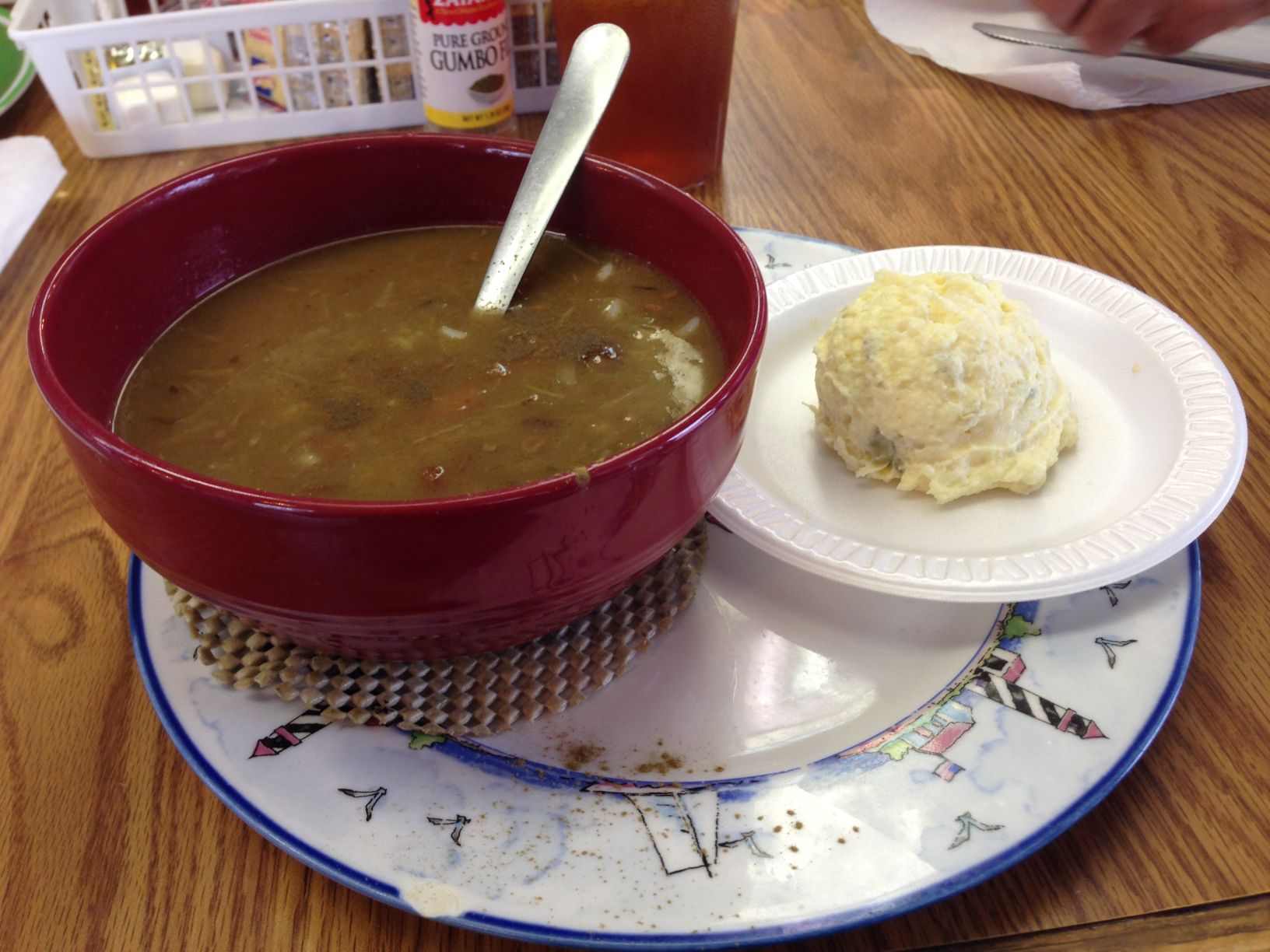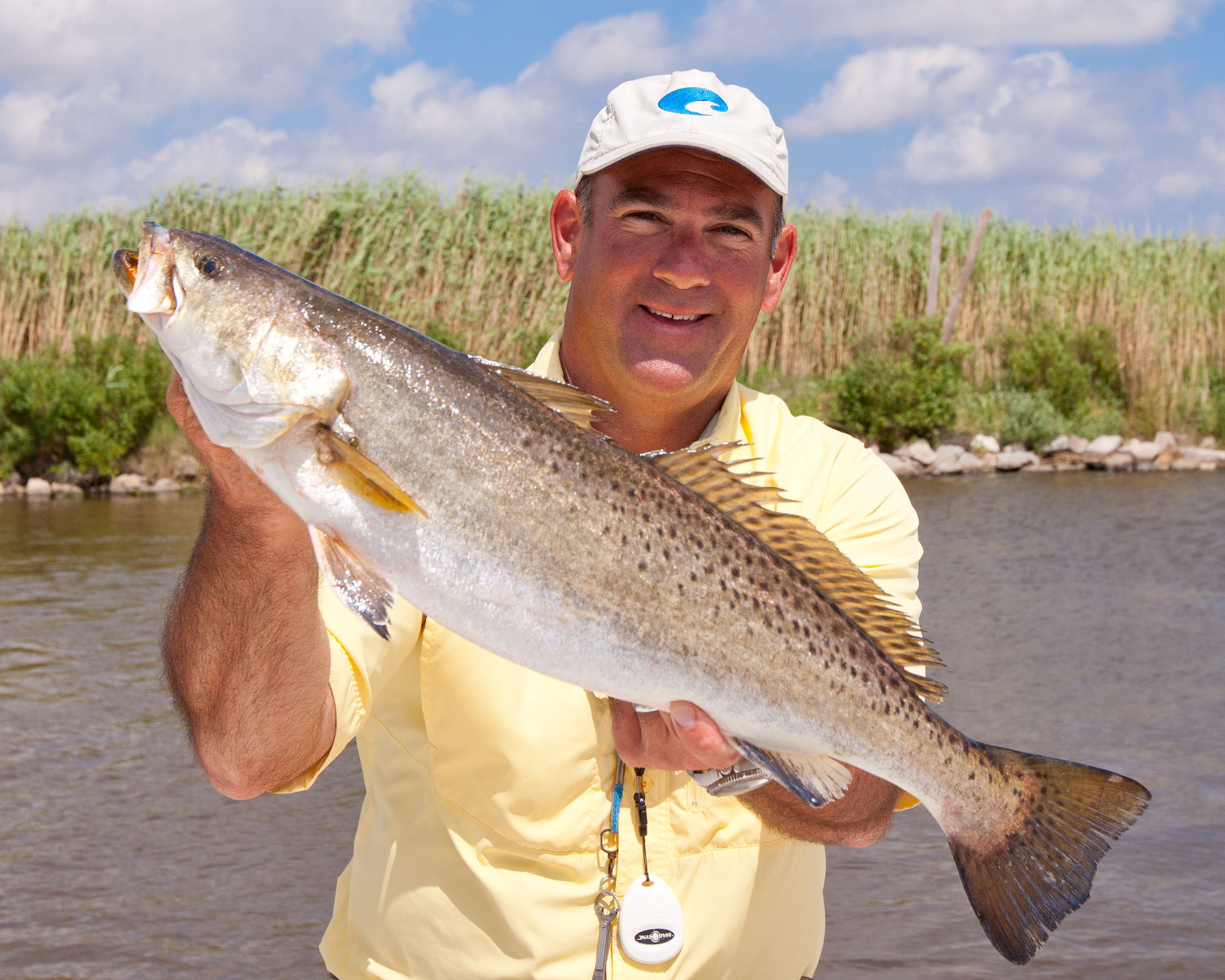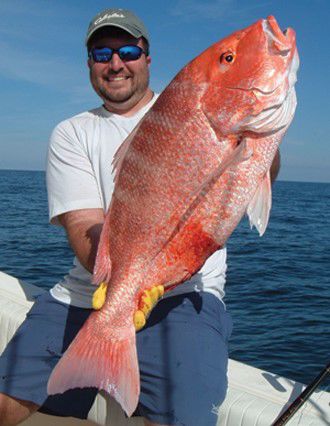
GUMBO GURU: Charlotte’s Country Kitchen
May 5, 2015
Wallace Thibodaux
May 13, 2015Many Louisiana bays and estuaries produce big numbers of speckled trout, but when it comes to consistently producing trophies, one lake stands out among the rest.
Calcasieu Lake in Cameron Parish south of Lake Charles produced three of the top 10 trout caught in Louisiana. The lake routinely gives up fish in the 5- to 8-pound range with an occasional 9- to 11-pounder. Anglers sometimes claim to catch bigger trout, but never submit the paperwork or officially weigh the fish before releasing it. Tim Mahoney set the official lake record on May 5, 2002, with an 11.16-pounder. It currently holds fourth place in the state record book.
The lake also produced four of the top 10 trout caught on fly tackle including the state record. Capt. Jeff Poe of Big Lake Guide Service (337-598-3268, www.biglakeguideservice.com) holds the state record fly-caught trout with a 9.31-pounder he pulled from Calcasieu Lake in December 1996. Although the lake hasn’t produced a Top 10 all-tackle trout since 2004, John K. Mayne did add a trout to the Louisiana fly-fishing Top 10 in April 2008.
The lake still produces 8- and 9-pound trout each year and an occasional 10-pounder, but not like that phenomenal run in the late 1990s or early 2000s,” said Capt. Guy Stansel of Hackberry Rod and Gun (888-762-3391, www.hackberryrodandgun.com).
Known locally as Big Lake, Calcasieu Lake measures 12 miles long by nine miles wide and covers about 52,700 acres of the Calcasieu River delta. Surrounded by marshes and studded with oyster reefs, the lake averages less than six feet deep. The lake sits adjacent to the Calcasieu Ship Channel, a deeper, wider and straighter version of the old Calcasieu River course. The channel cuts a swath 40 miles long, 400 feet wide and 40 feet deep from Lake Charles to the Gulf of Mexico.
The ship channel touches Calcasieu Lake at Turner’s Bay on the north end of the lake. Farther south, several more openings connect the channel to the lake, allowing tides to bring in baitfish and game fish from the nearby Gulf. These cuts serve as choke points, concentrating fish waiting to attack anything entering the system. Some better places to fish include the Washout and Nine-Mile Cut, reefs near Long Point and Commissary Point. Trout also hang around old rock jetties in the southern part of the lake.
At the southwest corner of the lake, West Cove extends across the ship channel. The shallow bay filled with oyster reefs averages about three feet deep. Many people fish Cross Reef, Junior’s Cut at the south entrance to the cove and around Rabbit Island.
“During a north wind, Turner’s Bay is always full of fish,” Stansel advised. “In a south wind, I fish the oyster reefs West Cove. The south bank of Big Lake is another good area. The reefs off the east bank near Commissary Point have been really hot in the past few years.”
Although Calcasieu anglers could land a Louisiana record book speck during any month, the spring typically produces the biggest fish. In May, big females bursting with roe prepare to spawn. All three trout in the all-tackle list came in May. March produced two top 10 fish on the Fly list, while April added another.
“May is typically one of the key times to catch big trout in Calcasieu Lake when the water warms up and the fish get really active,” advised Capt. Erik Rue of Calcasieu Charter Service (337-598-4700, calcasieucharters.com). “The shallow areas with oyster reefs on the southern end of the lake and the flats where baitfish accumulate are always good areas to look for big trout.”
As the summer progresses, big trout often move from the estuary into cooler, deeper waters in the Gulf of Mexico. South of Calcasieu Lake, the ship channel flows through a marshy area until it hits the gulf at Calcasieu Pass. Two mile-long rows of rock jetties line Calcasieu Pass, creating a magnet for big fish. Anglers can catch them near the jetties, under several oil platforms in the gulf and along the Cameron Parish beaches.
Anglers may catch a 10-pound speck anywhere in the Calcasieu Estuary on any cast, but to consistently catch lunkers, specifically target big trout. Targeting big trout requires patience, understanding and determination. Anglers who fish specifically for trophy specks might spend hours casting hundreds of times while hoping for one or two bites while ignoring nearby boats filling ice chests with smaller fish.
To target big trout, first find big bait. Once a trout reaches about three pounds, it prefers to eat fish instead of shrimp. Big specks feed primarily upon mullets, menhaden, pinfish and croakers, but may eat anything that swims, including juvenile trout.
“Go where the bait is,” Rue recommended. “Look for big wads of mullet. That’s where the big trout will be and throw topwater baits at them.”
Many topwater baits resemble mullets or other baitfish struggling on the surface. Anglers might catch big trout on any topwater bait, but various “walk-the-dog” baits typically work best. When jerked, they slant from side to side, mimicking the movements of crippled mullets. Interior clackers simulate the sound of croakers.
“Look for a reef with good tidal movement and a good supply of bait,” Stansel advised. “In the spring, I like an incoming tide, but either incoming or outgoing is good as long as it’s moving. We catch a lot of fish on topwaters in the spring. In the spring, when I’m looking for big trout, I fish oyster reefs in West Cove with topwaters. A chrome and black She Dog is my favorite topwater bait.”
Anglers also catch trophy trout on live bait. Attach a live croaker or mullet about six inches long to a circle hook and free line it over a good reef near deep water. Anglers can also rig it on a Carolina rig with a slip sinker and a long leader.
Capt. Erik Rue of Calcasieu Charter Service at Calcasieu Lake south of Lake Charles, hauls in a large speckled trout in local waters. According to Sportsman Writer John Felsher, the current months are ripe time to bring home prized trout. Felsher said local waters are always filled with the fish, which are also good to eat, once cleaned and cooked.







